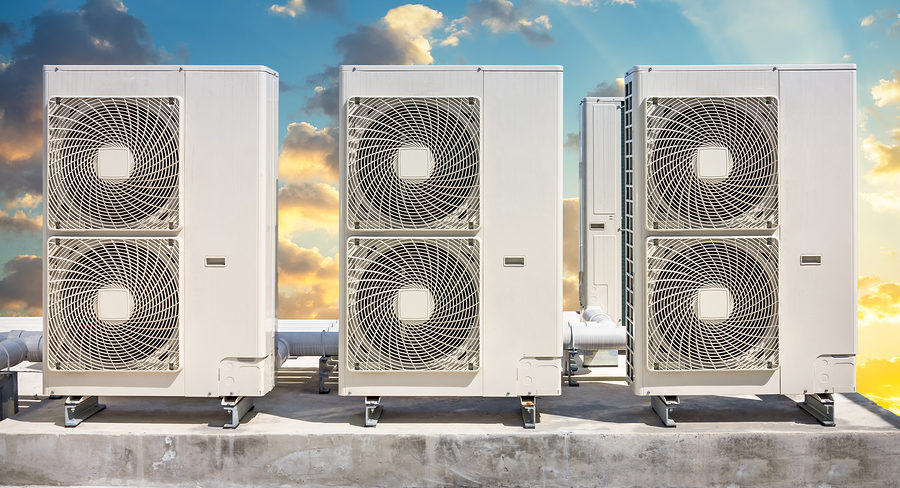Safety is always a major concern in manufacturing. When the summer hits its stride, heat safety measures take precedence. Beating high temperatures and the dangers they bring is important to protect personnel at work, equipment in use, and the bottom line at any manufacturing facility. To reduce risks, many options for improving temperature management and overall summer safety exist. They range from the simple and obvious to major facility overhauls. Learn how you can stay safe this summer.
Tips for keeping cool
Beating the heat is the first line of defense for maintaining manufacturing safety in the hotter months. Following these simple suggestions can help.
- Offer flexible hours. One of the simplest ways to minimize heat strain is to switch as many operating hours as possible to cooler times of the day and night. Sometimes, this option can come with higher labor costs, but the inherent power as well as equipment and personnel strain reductions it offers can help to offset them.
- Use ice-based cooling. A newer trend in greener air conditioning is to use ice-based coolers. The idea is simple: Produce ice during off-peak hours when electricity is cheaper and demand on facility systems is lower. Then, use that ice to supplement cooling efforts during peak periods. It can help save on energy bills and enable lower operating temperatures in the warmest hours.
- Try manual or mechanical cooling. Mechanical and manual cooling are other options for improving heat-management efficiency. They can be as simple as opening a few windows or as complex as installing gravity-powered evaporative cooling systems. The best approach will vary for any facility, but enough options exist to make such cooling options attainable for owners of virtually any production line.

Maintaining safety
Managing heat also helps with safety — especially for human manufacturers. While personnel safety is the number-one priority, equipment safety is also important, and summer heat impacts it as well. Here’s how you can manage your equipment and device safety in the summer months.
- Track failure rates and increase maintenance. Even the most robust equipment is prone to higher failure rates in summer months. This is largely due to longer daylight hours incentivizing facility owners to push production lines to work longer and harder days. The best defense is a good offense, and manufacturers can avert many of these problems by tracking failure rates and scheduling aggressive maintenance during peak months.
- Protect electronics. Electronic components are some of the devices most susceptible to heat-induced wear and tear. Operating in ambient temperatures only 10 degrees higher than normal can significantly shorten their lifespans. The tips listed for managing heat for human workers can also do wonders for improving the reliability of these components when they are at their most vulnerable.
Are you ready to more seriously consider ways to combat summer heat and improve your overall employee and device safety? Consider partnering with a repair company that can service the equipment you have now and help you maintain any additional investments you make to keep cool.
